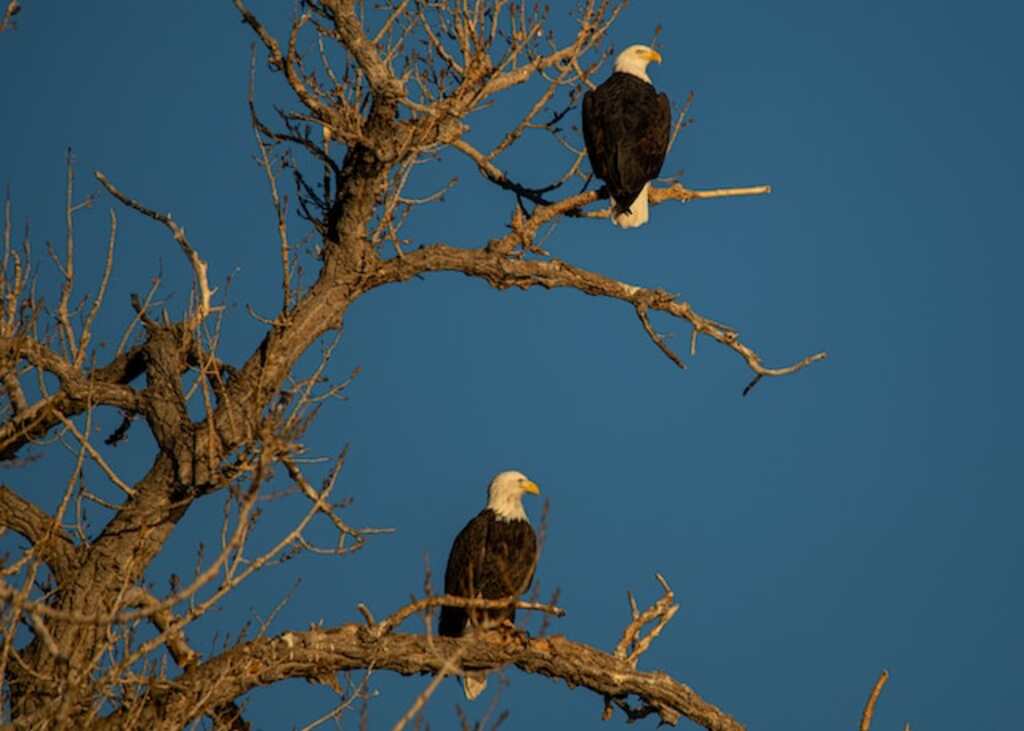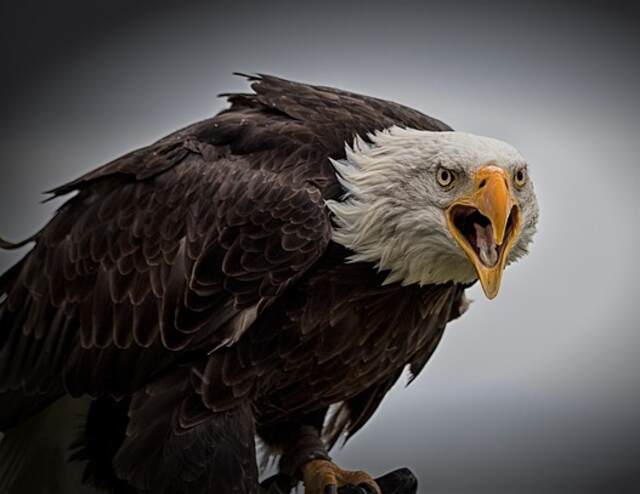How Do Eagles Mate? Prepare to be whisked away into the captivating world of eagle courtship! Majestic and revered, these magnificent creatures have fascinated humanity for centuries, embodying strength, freedom, and monogamy.
Join us as we unravel the secrets of eagle romance, exploring their physical prowess, elaborate courtship rituals, the act of mating, and the challenges they face in the wild.
Together, let’s dive into the depths of eagle love, gaining a deeper appreciation for their remarkable existence and the conservation efforts dedicated to safeguarding these iconic birds.
Table of Contents [show]
Key Takeaways
- Eagles form long-term pair bonds with a single mate and prefer partners that share their territory for genetic diversity.
- Courtship rituals involve elaborate displays of affection and play a crucial role in strengthening the pair bond.
- Physical characteristics such as size, coloration, and feather quality play a crucial role in mating success.
- Both parents contribute to feeding and nest maintenance, with female taking the primary role in brooding and male hunting for food.
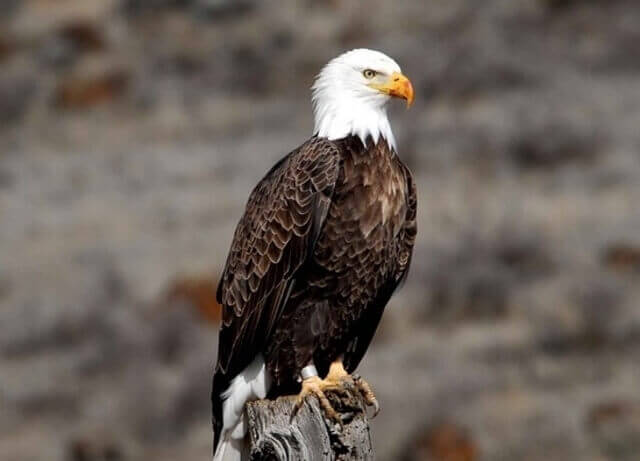
Eagles’ Monogamous Nature
Eagles are known for their monogamous nature, which involves forming long-term pair bonds with a single mate for the duration of their lives.
Their mating habits are characterized by a deep emotional attachment and bonding behavior, which results in a lifetime partnership.
Although eagles are socially monogamous, they still engage in extra-pair copulations, which may serve to enhance genetic diversity within the population.
The emotional attachment between eagle pairs is evident in their courtship rituals, which involve elaborate displays of affection, such as swooping and diving, synchronized movements, and vocalizations.
These courtship rituals play a crucial role in strengthening the pair bond and ensuring successful reproduction.
Understanding the importance of courtship rituals is essential in unraveling the mysteries of how eagles mate.
The Importance of Courtship Rituals
The elaborate courtship rituals of birds of prey are crucial for ensuring successful reproduction and the continuation of their species.
Behavioral patterns, communication methods, and mate selection are all important factors that contribute to the success of eagle mating.
Species variation plays a significant role in eagle courtship rituals, with some species displaying more complex behaviors than others.
For example, Bald Eagles engage in an aerial courtship display, where they will fly together and lock talons mid-air, before falling towards the ground and releasing just before impact.
This behavior not only serves as a display of strength and agility, but also as a way for the eagles to communicate and bond with each other.
Courtship rituals have also evolved over time, with some species even developing unique behaviors that are specific to their local environment.
The evolutionary significance of courtship rituals lies in their ability to ensure the survival of the species by selecting the strongest and healthiest mates.
The importance of courtship rituals in eagle mating will be further explored in the subsequent section about physical characteristics for mating.
Physical Characteristics for Mating
Physical characteristics such as size, coloration, and feather quality play a crucial role in the mating success of birds of prey, including eagles.
Mating rituals involve physical compatibility between the male and female, and the environmental factors that affect their behavior.
Territorial behavior is also important, as eagles prefer to mate with partners that share their territory.
Genetic diversity is necessary to ensure healthy offspring, and eagles will often mate with multiple partners to achieve this.
In addition, eagles will often perform aerial displays and courtship flights to attract a mate. Once a pair bonds, they will begin nest building and preparation for the upcoming breeding season.
Nest Building and Preparation
During the nest building and preparation phase, the birds of prey engage in a series of activities that involve selecting the right location, gathering materials, and arranging them in a specific way to create a comfortable and safe haven for their offspring.
Eagles are known to build their nests high in trees or on cliffs, preferably in areas that are difficult for predators to access.
They use a variety of building materials, including sticks, grasses, and moss, and incorporate soft materials like feathers and fur into the nest to create a comfortable environment for their offspring.
Eagles also use camouflage techniques to make their nests blend in with the surrounding environment, making it difficult for predators to spot.
During the building process, territorial disputes can arise between pairs of eagles, as they fiercely defend their nest site against intruders.
Once the nest is built, the eagles continue to maintain it by repairing any damage and adding fresh materials.
The nest building and preparation phase is an important part of the eagles’ mating process, as it ensures a safe and secure environment for their offspring to grow and thrive.
In the subsequent section about the act of mating, we will explore the courtship behaviors and mating rituals of eagles.
How Do Eagles Mate
Eagles mate through a process involving courtship rituals, aerial displays, and physical interactions. The male and female eagles engage in a series of acrobatic flights, locking talons mid-air, and then free-falling together.
This act, known as the “cartwheel display,” solidifies their bond. Once a pair forms, they build a nest and engage in copulation.
Understanding eagle mating is crucial for conservation and appreciating their remarkable nature.
The Act of Mating
Eagle courtship and mating behaviors are complex and involve a series of displays and vocalizations that serve to establish and strengthen pair bonds.
Mating habits vary between different species of eagles, but generally involve a courtship display that starts with aerial acrobatics and culminates in copulation.
During copulation, the male eagle mounts the female and inserts one of his cloacas into hers, allowing for the transfer of sperm. Fertilization occurs when the sperm meets the egg in the female’s oviduct.
Breeding techniques vary between different eagle species, with some building elaborate nests and others using simple scrapes on the ground.
Reproductive success for eagles is dependent on many factors, including the availability of food, suitable nesting sites, and the ability to defend their territory from predators.
Understanding these mating and breeding behaviors is important for the conservation of eagle populations in the wild.
As we delve further into the topic of eagle reproductive strategies, we will explore how eagles ensure the survival of their offspring in the challenging environments they call home.
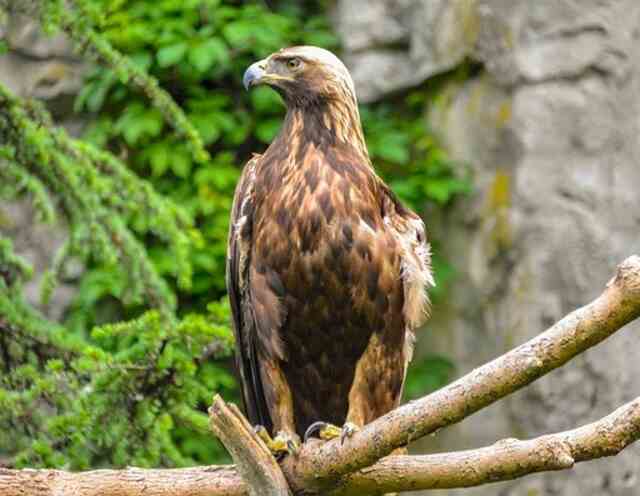
Reproductive Strategies
Ensuring the survival of their offspring in challenging environments is a crucial aspect of eagle reproductive strategies, which involve a range of behaviors and adaptations.
Behavioral patterns, such as courtship displays, vocalizations, and territorial defense, are designed to attract and secure a mate.
Environmental factors, such as habitat availability and prey abundance, can also significantly influence successful reproduction.
Genetic diversity is another important factor as it can increase the chances of breeding success and the survival of offspring.
Eagles typically mate for life, which facilitates long-term pair bonding and shared responsibilities in raising their young.
Once mating is established, eagles engage in a range of behaviors such as building nests, incubating eggs, and feeding their young.
These reproductive strategies are critical for the survival of eagle populations, and understanding them is essential for their conservation.
Egg-Laying and Incubation
Successful egg-laying and incubation are critical stages in the reproductive cycle of eagles, requiring careful attention and specialized adaptations.
Eagles lay their eggs in nests that they have built, and the incubation process usually lasts between 30–45 days, depending on the species.
During this time, the female eagle is primarily responsible for incubating the eggs, while the male brings her food and defends the nest from predators.
Once the eggs hatch, the developmental stages of the eaglets begin. The clutch size, or the number of eggs laid, varies depending on the species and environmental conditions, but typically ranges from 1-3.
The hatching process is a delicate one, and the eaglets require constant care and attention from their parents.
Chick rearing is a demanding process, and both parents are involved in feeding, protecting, and teaching their young.
The male eagle plays an important role in providing food for the family, while the female is responsible for brooding and regulating the temperature of the nest.
The parental roles may shift throughout the process, depending on the needs of the eaglets.
The development of the eaglets is a fascinating process, and it requires the dedication of both parents to ensure that the chicks grow up healthy and strong.
The next section will delve into the topic of parental care for eaglets.
Parental Care for Eaglets
The commitment required for the upbringing of young eaglets is a demanding yet rewarding process that requires a great deal of parental care and dedication.
Both male and female eagles contribute to the feeding schedule, with the female taking the primary role in brooding the young while the male hunts and provides food.
As the eaglets grow and become fledglings, parents begin training them to fly and hunt, gradually reducing their food supply until the young are fully independent.
Nest maintenance is also an important part of parental care, with eagles often returning to the same nest year after year and making repairs as necessary.
However, parental care is not without its challenges and risks, as predation by other animals and human interference can pose threats to the young.
Additionally, gender roles can play a role in the level of care provided, with some species exhibiting more equal sharing of parental duties than others.
Moving forward, it is important to consider these challenges and threats to eagle mating and work towards protecting these magnificent birds.
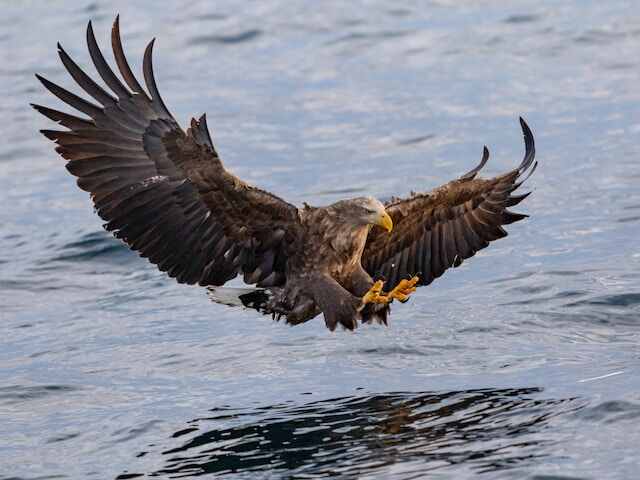
Challenges and Threats to Eagle Mating
Predation by natural and human factors, along with changes in habitat and climate, pose significant challenges and threats to the mating of eagles.
Mating challenges include competition from other eagles for mates, finding suitable nesting sites, and maintaining genetic diversity in small populations.
Environmental threats such as pollution, climate change, and habitat loss also impact eagle mating and reproductive success.
Social factors such as disturbance from human activities and noise can disrupt courtship behaviors and nest building.
These challenges and threats to eagle mating underscore the importance of conservation efforts for eagle populations.
By protecting and restoring habitats, reducing human disturbance, and implementing measures to reduce environmental threats, we can help ensure the survival and success of eagle mating and reproduction.
Conservation Efforts for Eagle Populations
Like a shield protecting a valuable treasure, conservation efforts are crucial in safeguarding the future of eagle populations.
The decline in eagle populations due to habitat destruction, hunting, and other human activities has led to the implementation of a variety of conservation measures.
Captive breeding programs have been established to help increase the eagle population, while hunting restrictions have been put in place to prevent further declines.
Additionally, efforts are being made to protect eagle habitats and restore damaged ecosystems to ensure the survival of these birds.
Genetic diversity is also a focus of conservation efforts, as it is essential for the long-term survival of eagle populations.
Through these various efforts, it is hoped that eagle populations will thrive and continue to soar in the skies for generations to come.
| Method | Description | Examples |
|---|---|---|
| Captive Breeding | Raising and breeding of eagles in captivity to increase population size. | The Bald Eagle Recovery Program in the US. |
| Habitat Protection | Conservation of eagle habitats to ensure their survival. | The establishment of protected areas such as national parks. |
| Hunting Restrictions | Limiting hunting and other human activities that have a negative impact on eagle populations. | The Bald and Golden Eagle Protection Act in the US. |

Frequently Asked Questions
How long do eagles mate for?
The duration of eagle copulation during mating rituals can vary, but usually lasts for a few seconds to a few minutes. Courtship behavior includes nest building and territorial disputes, with successful breeding leading to offspring that will eventually leave the nest and explore the world.
Do eagles mate for life?
Eagles mate for life, with mating rituals and courtship behaviors including aerial displays and gift-giving. Reproductive cycles involve territorial disputes and nest-building. Monogamy increases genetic diversity and reduces competition, ensuring successful offspring.
How do eagles choose their mates?
Eagles choose their mates through a courtship behavior that involves physical characteristics and territorial behavior. Competition for mates is common, and communication methods such as vocalizations and displays play a crucial role in the selection process.
What happens if an eagle’s mate dies?
When an eagle’s mate dies, it copes alone for a period of time before seeking another mate through bonding rituals. The new pair bond and continue with parental duties, ensuring genetic diversity in their offspring.
Do eagles mate with other bird species?
Eagles do not typically mate with other bird species due to differences in courtship behaviors and genetic compatibility. Reproductive success is also influenced by environmental factors, such as habitat quality and availability of resources.

Conclusion
In conclusion, the process of eagle mating is a complex and delicate dance between two birds that have committed themselves to one another for life.
From courtship rituals to physical characteristics, every aspect of their behavior is geared towards ensuring the successful reproduction of their species.
Nest building, egg-laying, and incubation are all important stages in the process, but perhaps the most critical aspect of eagle mating is the parental care that follows.
Like the eagle, humans too have a responsibility to care for and protect our own species.
We must recognize the importance of commitment, dedication, and sacrifice if we hope to succeed in securing a future for ourselves and our children.
The eagle’s monogamous nature serves as a reminder that we too must prioritize the well-being of our loved ones and work tirelessly to ensure their survival.
Only then can we hope to soar to new heights and achieve our fullest potential as a species.

